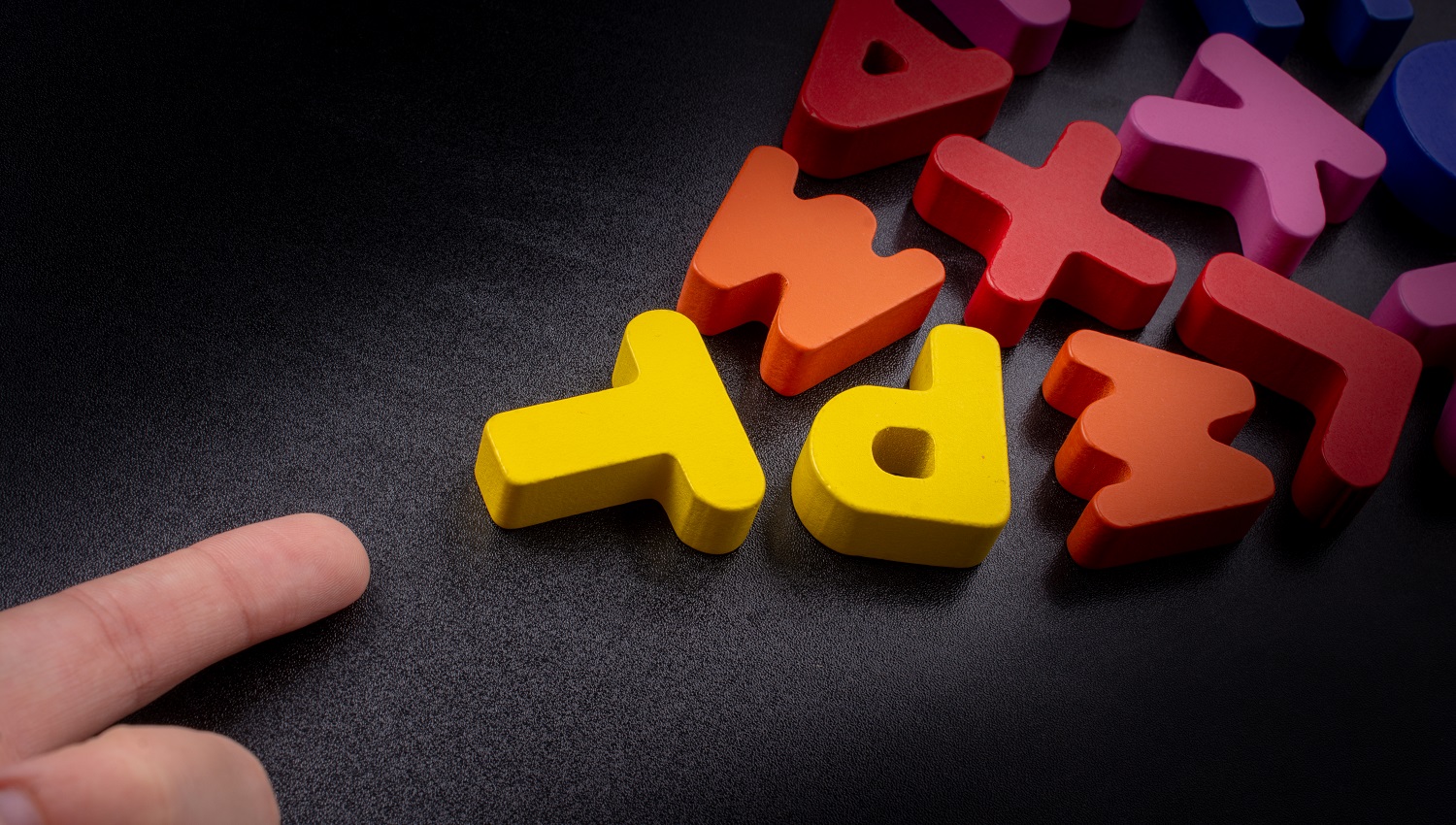
Your website has approximately 50 milliseconds to make a first impression on visitors – that’s faster than the blink of an eye. In this split second, users form judgments about your business credibility, professionalism, and trustworthiness based purely on visual elements. Understanding the psychology behind web design choices can mean the difference between a visitor who stays and converts versus one who immediately clicks away.
The Silent Language of Color Psychology
Colors communicate emotions and trigger psychological responses before users even read your content. This isn’t marketing theory – it’s backed by decades of psychological research that reveals how different colors influence decision-making and behavior.
Red creates urgency and excitement, which explains why it’s commonly used for “Buy Now” buttons and sale announcements. However, overusing red can create anxiety and stress, potentially driving visitors away from your site.
Blue builds trust and professionalism, making it the preferred choice for financial institutions, healthcare providers, and technology companies. It’s no coincidence that Facebook, LinkedIn, and countless corporate websites rely heavily on blue color schemes.
Green suggests growth, prosperity, and environmental consciousness. It’s particularly effective for businesses in finance, health, and sustainability sectors, as it subconsciously communicates stability and positive outcomes.
Black and White convey sophistication and minimalism, often used by luxury brands and creative agencies to suggest premium quality and attention to detail.
The challenge lies in choosing colors that align with your brand message while considering your target audience’s cultural associations and preferences. A color scheme that works perfectly for a tech startup might completely undermine a law firm’s credibility.
Typography: The Unsung Hero of User Experience
Font choices profoundly impact how users perceive and interact with your content, yet many business owners treat typography as an afterthought. The wrong font can make your content difficult to read, unprofessional, or completely inaccessible to certain users.
Serif fonts (like Times New Roman) traditionally suggest authority, tradition, and reliability. They work well for law firms, financial institutions, and established businesses that want to emphasize their experience and trustworthiness.
Sans-serif fonts (like Arial or Helvetica) appear modern, clean, and approachable. They’re ideal for technology companies, creative agencies, and businesses targeting younger demographics.
Script and decorative fonts can add personality but should be used sparingly. They’re difficult to read in large blocks of text and can appear unprofessional if overused.
Beyond style, font size and spacing dramatically affect user behavior. Text that’s too small forces users to strain their eyes, leading to higher bounce rates. Insufficient line spacing creates visual clutter that makes content feel overwhelming and difficult to process.
The Hidden Psychology of Layout and White Space
White space isn’t empty space – it’s a powerful design tool that guides user attention and creates psychological comfort. Cramped layouts with minimal white space make users feel overwhelmed and anxious, while well-spaced designs create a sense of luxury and professionalism.
Strategic use of white space directs users’ eyes to important elements like contact forms, service descriptions, and call-to-action buttons. This visual hierarchy influences user behavior by making it easier for visitors to find and act on the information they need.
Common Design Psychology Mistakes That Cost Conversions
Many websites unknowingly sabotage their effectiveness through psychological design errors:
Color Overload: Using too many colors creates visual chaos and confusion. Users can’t determine what’s important, leading to decision paralysis and higher bounce rates.
Inconsistent Typography: Mixing multiple font families makes websites appear unprofessional and difficult to navigate. Consistency builds trust and improves readability.
Poor Contrast: Light gray text on white backgrounds might look sophisticated, but it’s difficult to read and excludes users with visual impairments.
Overwhelming Choices: Presenting too many options simultaneously triggers choice paralysis. Users become overwhelmed and often choose to leave rather than make a decision.
Misaligned Visual Hierarchy: When design elements don’t clearly indicate importance levels, users struggle to understand your message and take desired actions.
Cultural Considerations in Design Psychology
Color and design psychology varies significantly across cultures. Red symbolizes luck and prosperity in Chinese culture but can represent danger or aggression in Western contexts. Similarly, reading patterns differ – Western users scan left-to-right, while Arabic users read right-to-left, affecting optimal layout designs.
For businesses serving diverse audiences, understanding these cultural nuances prevents design choices that might alienate potential customers or convey unintended messages.
The Mobile Psychology Factor
Mobile users exhibit different psychological patterns than desktop users. They’re typically more task-focused, have shorter attention spans, and make quicker decisions. This requires design approaches that prioritize clarity, simplicity, and immediate value communication.
Touch-friendly button sizes, simplified navigation, and faster loading times become crucial psychological factors that determine whether mobile users engage with your content or abandon your site.
Measuring Psychological Impact Through User Behavior
The effectiveness of design psychology choices can be measured through user behavior metrics:
- Bounce rates indicate whether your visual first impression encourages exploration
- Time on page reveals if your typography and layout facilitate content consumption
- Conversion rates show whether your color choices and visual hierarchy guide users toward desired actions
- Heat maps demonstrate how visual elements direct user attention
The Silent Language of Color Psychology
Implementing effective design psychology requires understanding your specific audience, industry expectations, and business goals. What works for an e-commerce store might fail completely for a professional services firm. The key lies in balancing psychological principles with brand identity and user needs.
Professional designers understand these nuances and can navigate the complex relationships between color theory, typography psychology, and user behavior patterns. They recognize when to follow established conventions and when breaking rules might create competitive advantages.
Ready to harness the power of design psychology for your business? Let us analyze your current website’s psychological impact and recommend design improvements that align with your brand goals and audience expectations.
